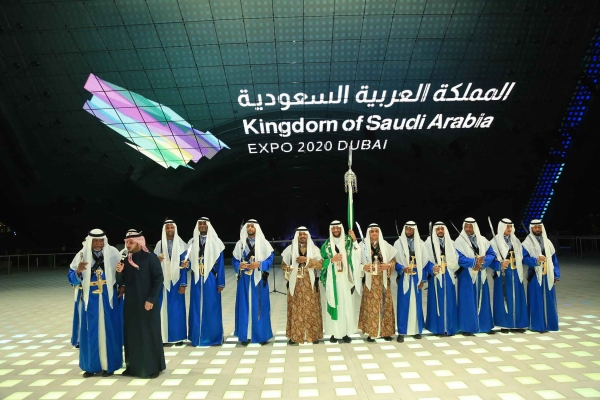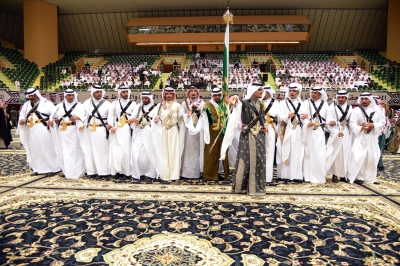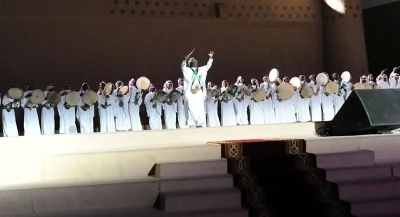
Maqamat of Saudi Ardah are musical scales used to compose the poems of Ardah in the Kingdom of Saudi Arabia as per the Eastern musical scale. Most Ardah poems are formulated and composed according to a musical scale called 'Sika,' with an increase in rhythmic variation at the end of the Ardah when the performers move toward the leader, raising their swords.
Sika maqam in Saudi Ardah
Sika maqam is one of the prominent maqams used in the Saudi Ardah, relying on the Sika note in the musical scale. This note distinguishes Arabic music from the music of other civilizations, such as European music, which uses major and minor scales with half-step intervals, and Eastern music like that of China and Japan, as well as African music, which uses the pentatonic scale. These scales do not contain the three-quarter tone intervals that are unique to Arabic music. Sika maqam is particularly evident in derived maqams, which are the common elements in the melodies of the Saudi Ardah, such as Huzam, al-Maya, Rahat al-Arwah, 'Iraq, and Shu'ar, "Musta'ar" maqams.
Melodic path in the Saudi Ardah
In the Saudi ardah, the poet follows a melodic path that starts without rhythm, known as "Hawrabah" or "al-Huwarib," "al-Bayshna," and "al-Shubash." This involves a person with a strong voice reciting a poetic verse loudly, with hands placed on the ears, signaling the beginning of Ardah. Historically, this served as a general call to fight, gathering warriors in rows for the Ardah. Today, Hawrabah serves as an invitation for participants to prepare for Ardah performance.
Ardah poem is composed in colloquial poetry, typically in long, medium, or short meters, predominantly focusing on themes of enthusiasm, and sometimes pride and description. It usually does not exceed ten verses. Traditionally, the poet who composed the poem would begin by reciting the verse, which the Ardah rows would then repeat in groups, following a specific melody.
When the poet’s group finishes "reciting" the poem, the other group repeats the response once more. During this time, a type of 'heterophony' occurs, representing the most basic form of polyphony in the poem. This simplified form is commonly used in folk tunes worldwide. Specifically, this happens when the last word of the first verse is extended on the 'Sika' note, allowing both the Sika and Nawat notes to enter the melody.
After the main verse is repeated several times, the Takhmir drums begin, followed by the Tathlith drums after a few 'Mawazir.' The melody remains consistent from the start of the poem, but the rhythmic complexity escalates as the performance progresses, culminating in 'al-Zamiya.' At this point, performers advance toward the leader, raising their swords, and chanting verses pledging loyalty and support.
Related quizzes
Related articles


